Sheet metal fabrication, often used in industries like automotive, aerospace, construction, and electronics, involves a series of processes to transform flat metal sheets into custom components. This comprehensive guide will provide beginners with an understanding of the essential processes, materials, and considerations involved in sheet metal fabrication.
What You’ll Learn About Sheet Metal Fabrication
By reading this article, you will learn:
– Explanation and importance of sheet metal fabrication in manufacturing high-quality components.
– Various processes, materials, design considerations, and applications of sheet metal fabrication.
– Future trends and case studies showcasing successful sheet metal fabrication projects.
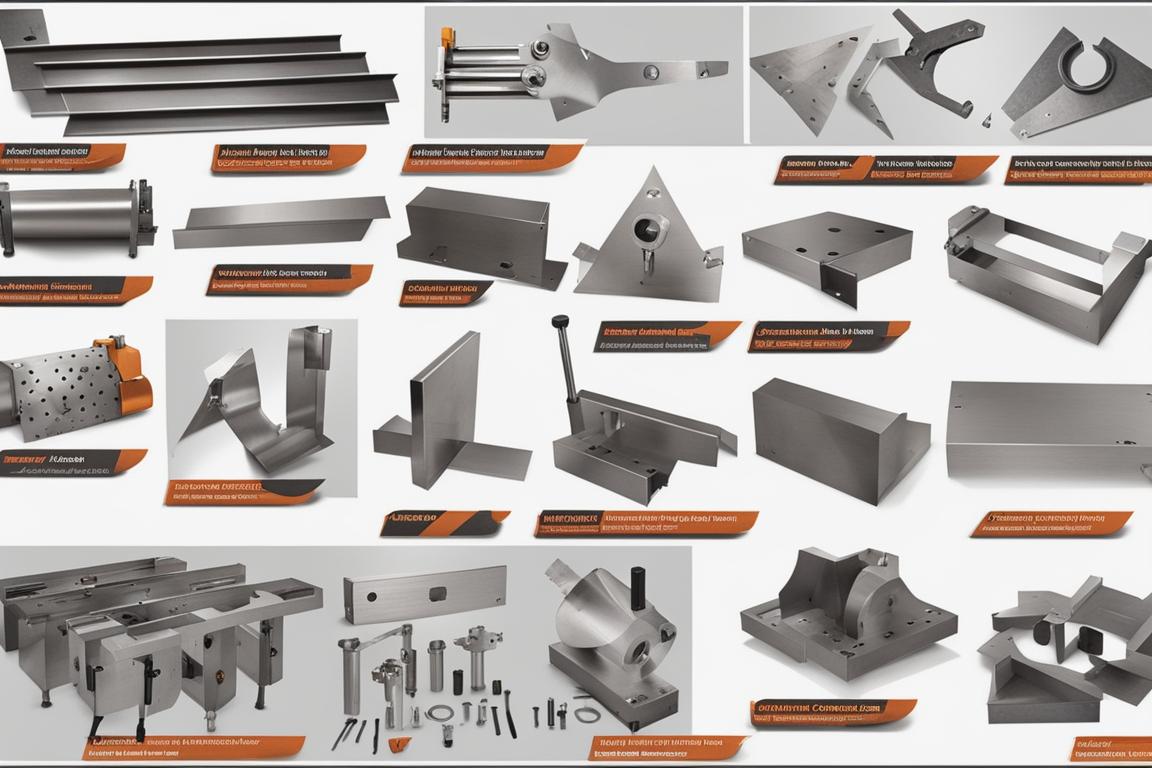
What is Sheet Metal Fabrication?
Sheet metal fabrication is the process of transforming flat metal sheets into custom components used in various industries. This process involves cutting, bending, forming, and joining techniques to create products such as brackets and enclosures. Sheet metal fabrication is essential for producing lightweight, durable, and cost-effective parts for industries like automotive, aerospace, construction, and electronics.
Process Overview of Sheet Metal Fabrication
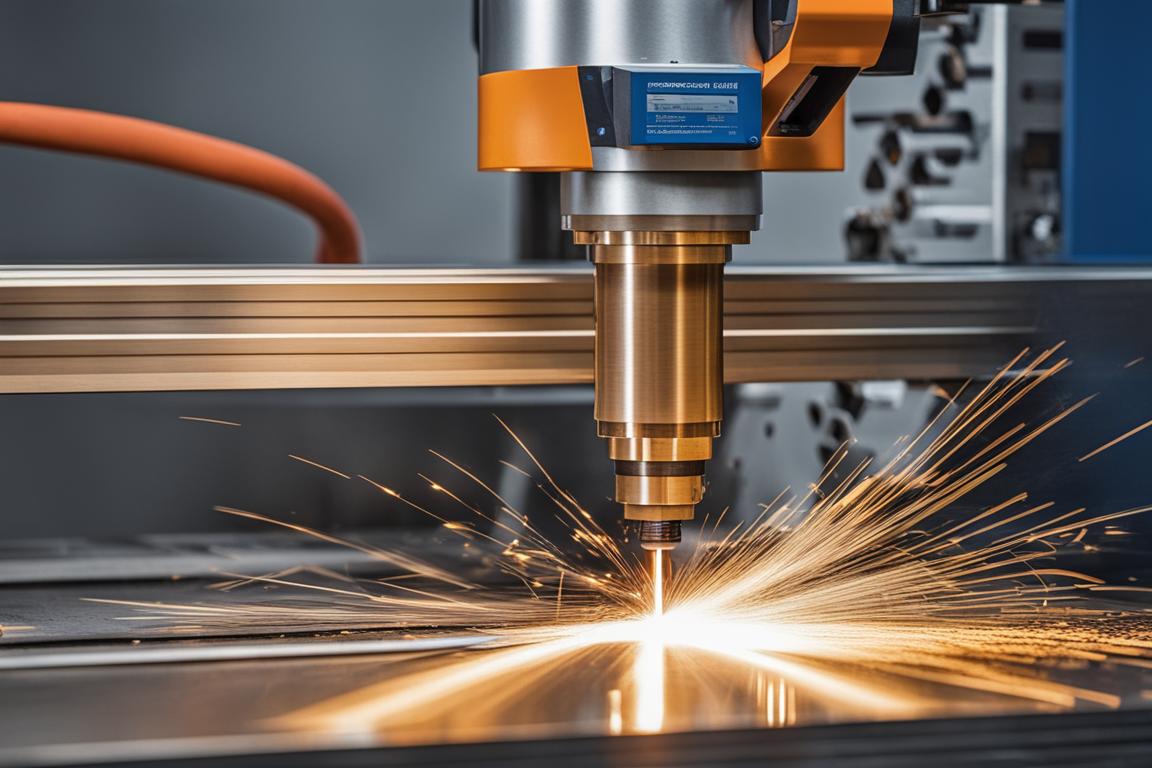
Cutting Techniques
Sheet metal fabrication involves various cutting methods such as laser cutting and shearing. Laser cutting offers precision and versatility, allowing for intricate designs and complex shapes with exceptional accuracy.
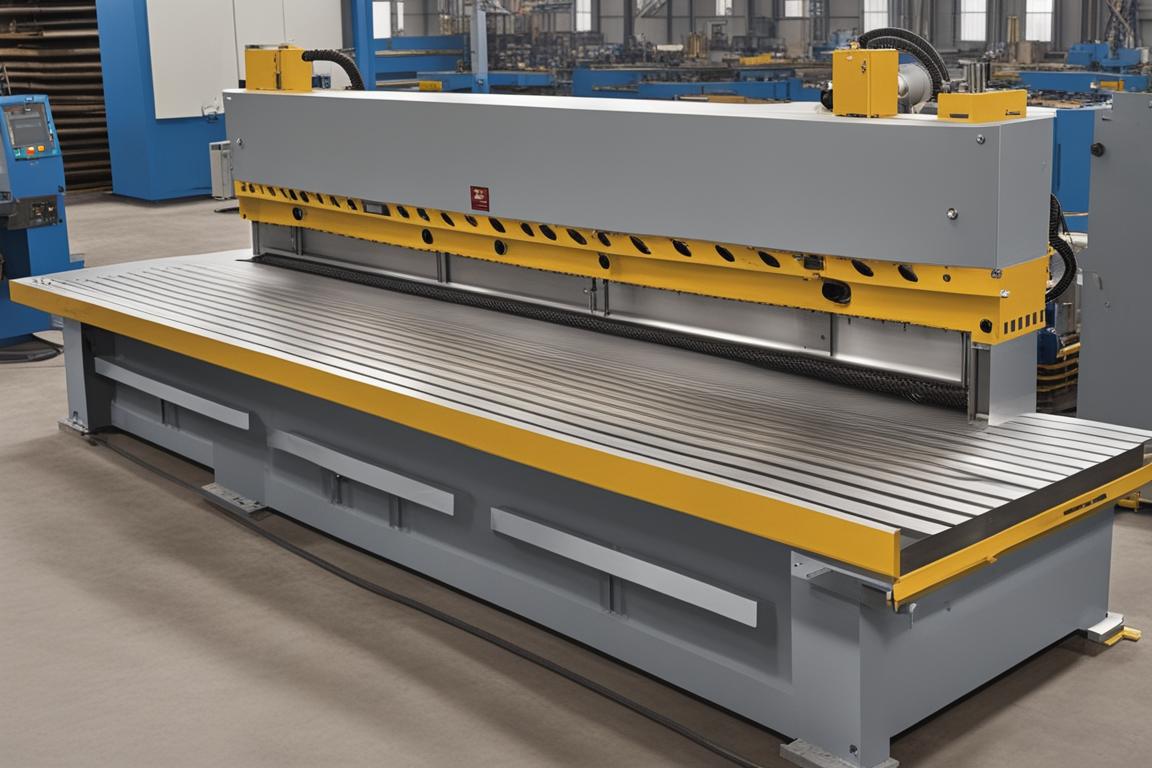
Bending and Forming
Bending and forming are critical processes for shaping sheet metal. Press brakes and specialized equipment are used to create bends and forms, enabling the production of components with precise geometries and structural integrity.
Joining Methods
The joining of sheet metal components is achieved through techniques such as welding, riveting, and adhesive bonding, each providing distinct advantages in terms of strength, aesthetics, and production efficiency.
| Sheet Metal Types | Common Properties | Common Applications |
|---|---|---|
| Steel | Strength, durability, weldability | Automotive, construction |
| Aluminum | Lightweight, corrosion-resistant | Aerospace, electronics |
| Copper | Excellent conductivity, malleability | Electrical components |
| Alloys | Enhanced properties from base metals | Varied industries |
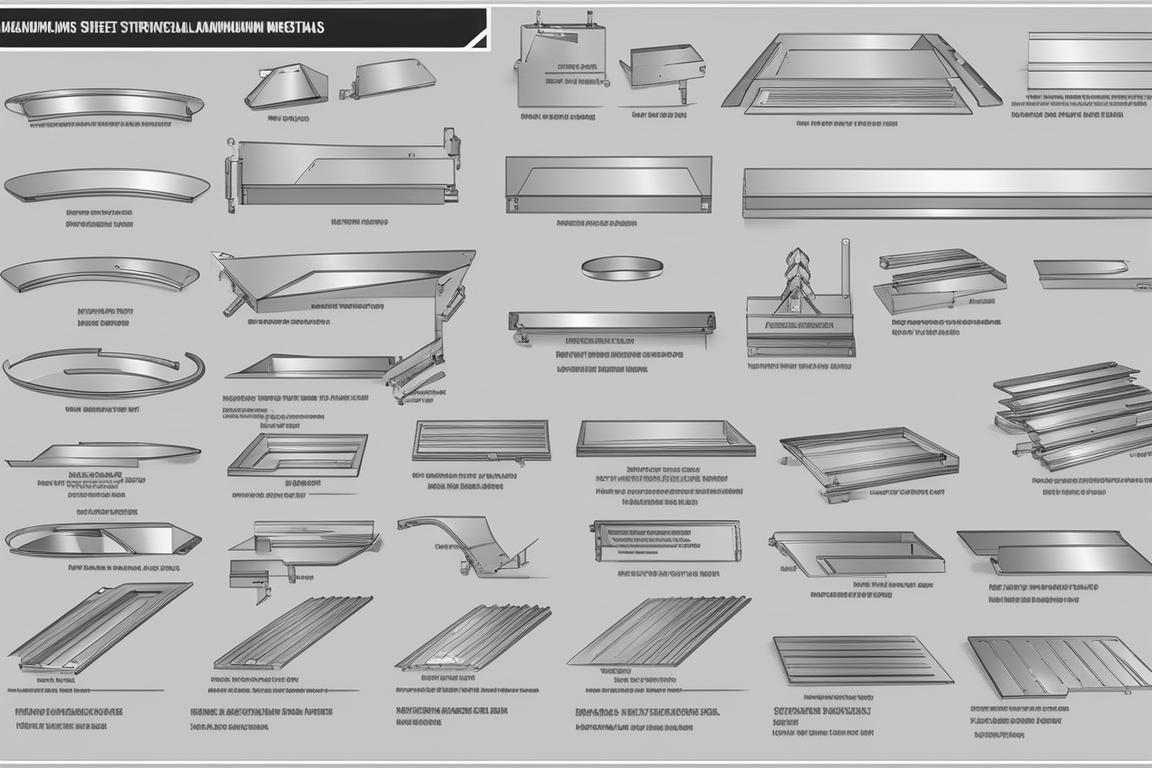
Materials Used in Sheet Metal Fabrication
Sheet Metal Types
Common sheet metal materials include steel, aluminum, copper, and their respective alloys, each offering unique properties to meet diverse application needs.
Material Selection Considerations
Mechanical properties, corrosion resistance, and cost-effectiveness must be carefully considered when selecting the appropriate sheet metal material for a given application.
Finishing Processes and Coatings
Surface Finishes
Sheet metal components can be finished with processes such as painting, powder coating, and plating to improve aesthetics and provide protection against corrosion and wear.
Protective Coatings
Applied to ensure long-term durability and resistance to environmental factors, extending the lifespan of fabricated components.
Design Considerations for Sheet Metal Fabrication
Design Guidelines
Designers must account for bend radii, tolerances, and nesting to optimize the manufacturability of sheet metal components and minimize production challenges.
Design for Manufacturability
Adhering to best practices is essential for streamlining the fabrication process, reducing costs, and ensuring the production of high-quality components.
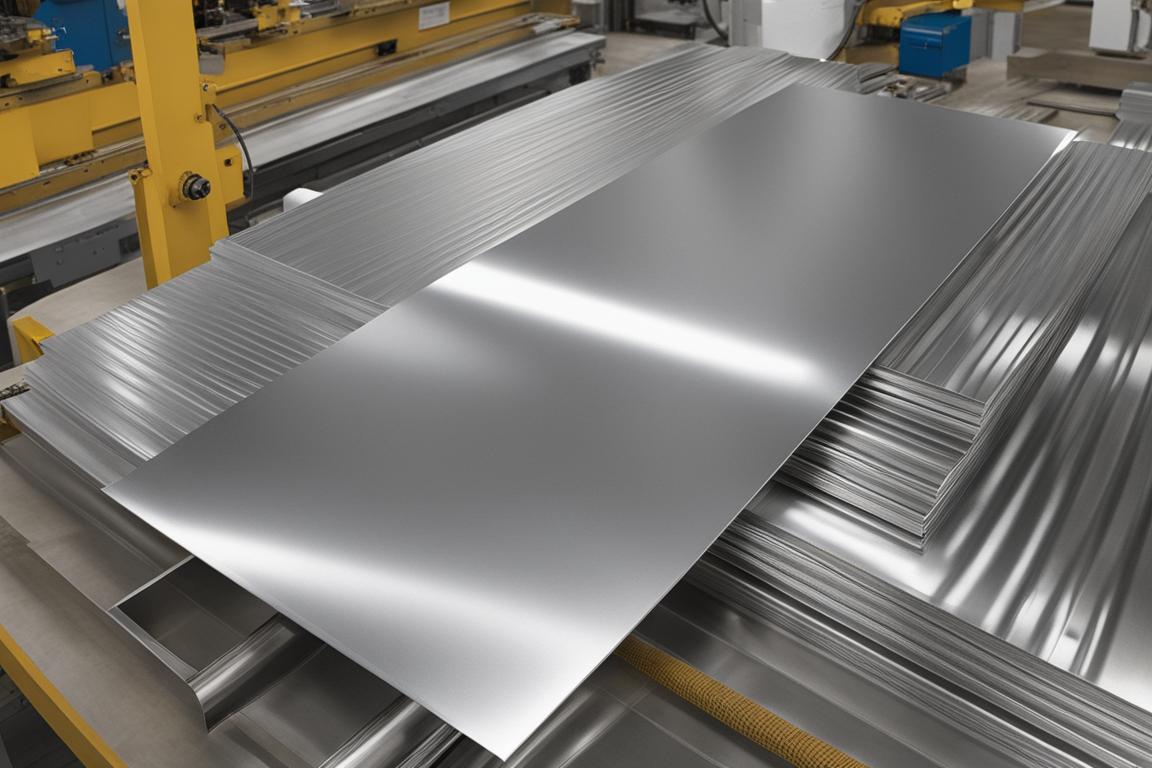
Applications and Advantages of Sheet Metal Fabrication
Industry Applications
Sheet metal fabrication finds diverse applications in automotive, aerospace, construction, and electronics industries, offering a multitude of benefits.
This comprehensive guide provides beginners with an understanding of the essential processes, materials, and considerations involved in sheet metal fabrication. Whether you are a hobbyist or aspiring professional, mastering these fundamentals is the first step toward creating precision components for various applications.
Insider Tips:
When selecting materials for sheet metal fabrication, consider the specific application requirements to choose the most suitable material for the job. This will ensure the desired performance and longevity of the fabricated components.
Q & A
What is precision sheet metal fabrication?
Precision sheet metal fabrication is the process of cutting, bending, and assembling sheet metal to create high-quality, custom parts and products.
Who uses precision sheet metal fabrication services?
Industries such as aerospace, automotive, electronics, and telecommunications rely on precision sheet metal fabrication for custom components.
How is precision sheet metal fabrication different from regular fabrication?
Precision sheet metal fabrication involves tighter tolerances and more intricate designs, often requiring advanced machinery and skilled technicians.
What are the benefits of precision sheet metal fabrication?
Precision sheet metal fabrication offers high accuracy, repeatability, and the ability to produce complex parts with minimal material waste.
How can I ensure the quality of precision sheet metal fabrication?
Look for a fabrication company with a proven track record, certifications, and a comprehensive quality control process to ensure high-quality results.
Isn’t precision sheet metal fabrication more expensive?
While precision sheet metal fabrication may have a higher initial cost, it can result in long-term savings through improved product performance and reduced rework.
